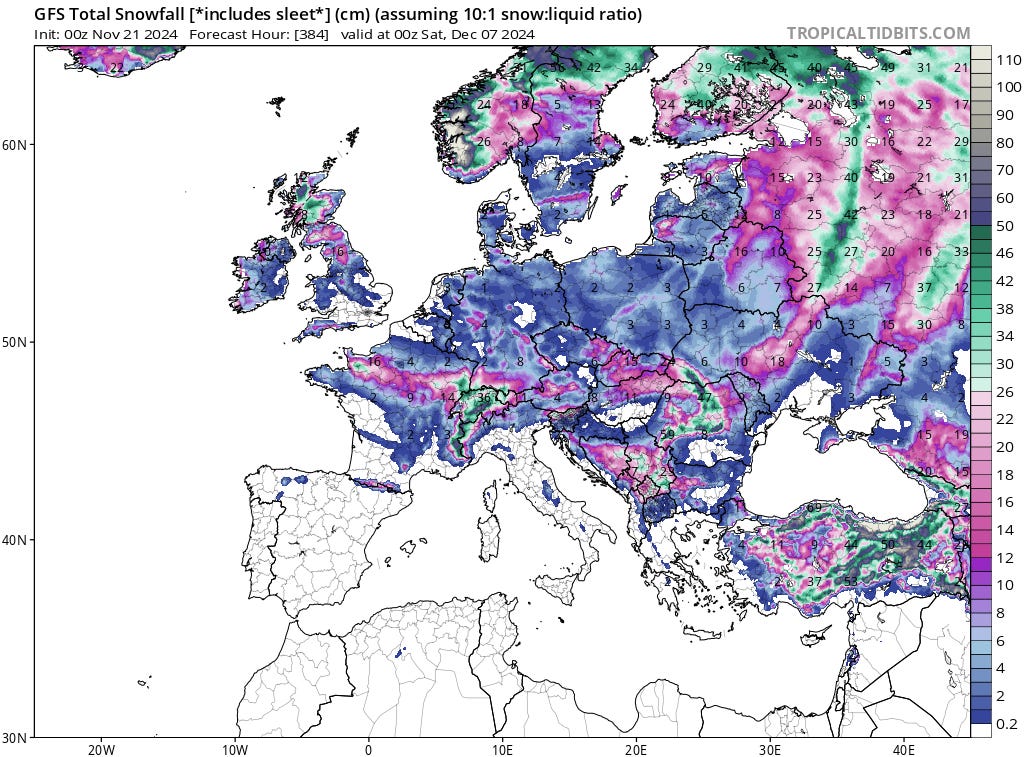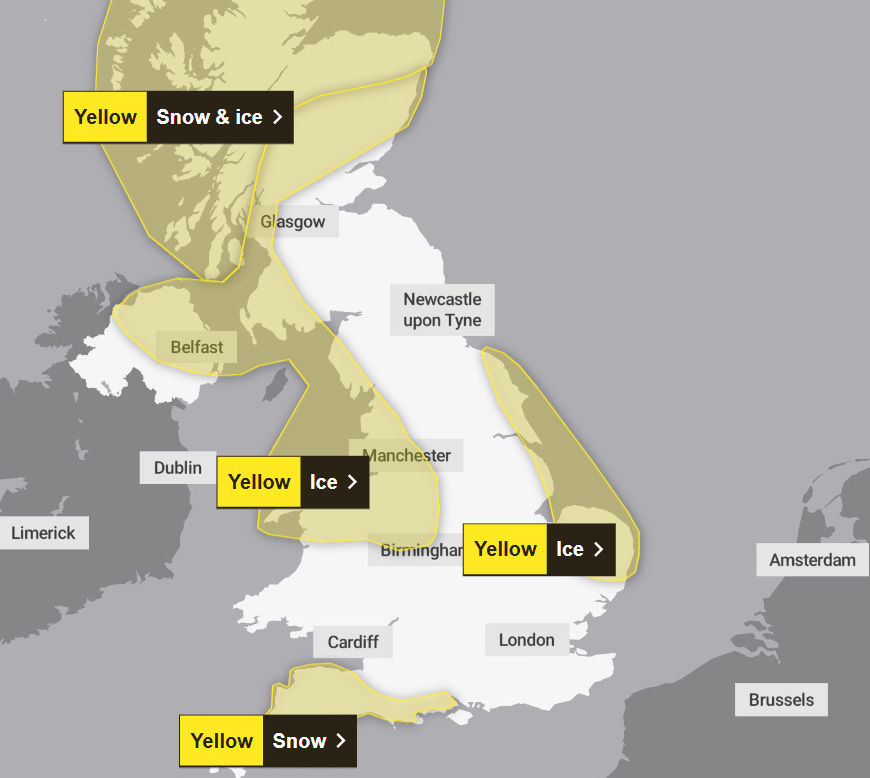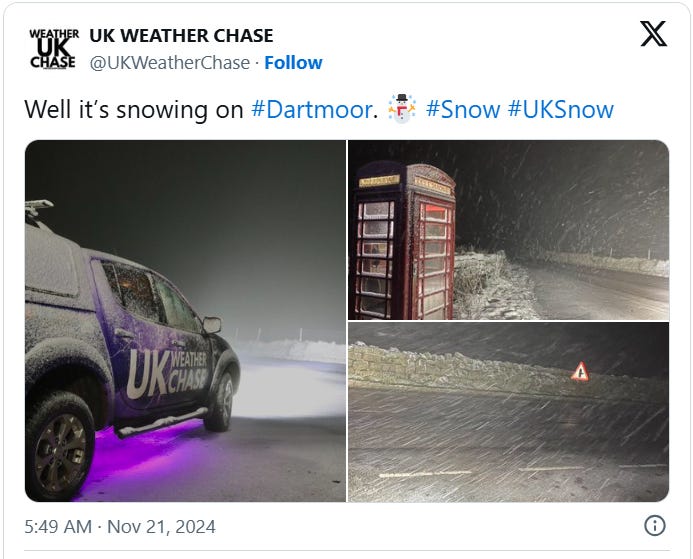UK Issued Fresh Snow Warnings; Global Cooling And Storminess; New Nature Study Reveals Early-20th-Century Oceans Were Warmer, Challenging AGW Narratives; + Gore vs Limbaugh
Real positions in the U.S. government: Nancy Pelosi's niece serves as 'Senior Advisor for Climate,' while Ashley Thomas holds the title 'Director of Climate Diversification (she/her).'
UK Issued Fresh Snow Warnings
Brits are bracing for yet another Arctic blast, bringing more heavy snows and freezing lows.
The Met Office has issued Snow/Ice warnings across the country for Thursday, November 21, including the Southwest—a rarity for November.
Indeed, here is a look at Dartmoor (Southwest England) as of early Thursday morning:
For Scotland and the north of England, the warnings will persist throughout the weekend, spanning the Highlands to Stoke-on-Trent. Going on a foot of snow is expected at elevations above 150 m (492 ft), with higher reaches set for much more.
Evanton, UK snow early Thursday morning.
Travel disruptions are likely, with risks of stranded vehicles, flight cancellations, and icy roads. The forecast also warns of severe ice through the weekend, especially in Ayr, Aberdeen, and the Highlands, as freezing, temperatures persist.
Of the UK's 16 regions (as designated by the Met Office), all dipped below freezing Wednesday morning (per the latest data), and Thursday morning looks set to be a repeat. Cairn Gorm, Scotland currently holds the coldest spot, at -9.2C (15.4F).
Mainland Europe will be hit next, starting today (Nov 21):

Global Cooling And Storminess
During the Little Ice Age (LIA)—the coldest period in recent history—storms intensified dramatically due to stronger temperature gradients and disrupted atmospheric circulation.
The global warming theory insists warmer and warmer temperatures cause more and more storms, but this only plays with selective reasoning. The theory focuses on factors like increased water vapor and energy from warmer seas fueling storms, which are valid in isolation; however, it ignores the historical evidence that cooling—through heightened polar-equatorial temperature contrasts and shifting jet streams—creates even more storm-prone conditions.
Keep reading with a 7-day free trial
Subscribe to Electroverse Substack to keep reading this post and get 7 days of free access to the full post archives.





